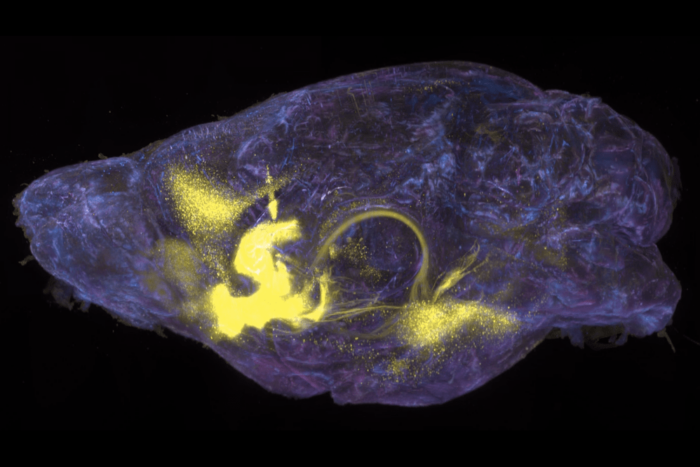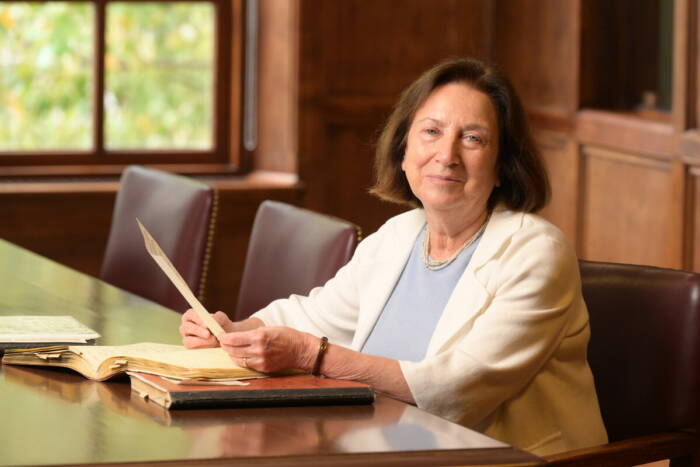Marc Tessier-Lavigne elected to Institute of Medicine
Rockefeller University President Marc Tessier-Lavigne has been elected to the Institute of Medicine, the health and medicine branch of the National Academy of Sciences. Announced today at the institute’s annual meeting in Washington, D.C., Tessier-Lavigne is among 65 new members and five foreign associates elected this year.
Election to the IOM is considered one of the highest honors in the fields of health and medicine and recognizes individuals who have demonstrated outstanding professional achievement and commitment to service.
A world leader in the study of brain development, Tessier-Lavigne has pioneered the identification of the molecules that direct the formation of connections among nerve cells

to establish neuronal circuits in the mammalian brain and spinal cord. The mechanisms he has identified are important for understanding how the human brain forms during normal development, and are increasingly being implicated in a variety of other processes, including vascular patterning and axonal regeneration following spinal cord injury, as well as neurodegeneration such as that seen in Alzheimer’s disease.
A native of Trenton, Canada, Tessier-Lavigne obtained his Ph.D. from University College London and performed postdoctoral work at the MRC Developmental Neurobiology Unit in London and at Columbia University. He has been on the faculty of the University of California, San Francisco and Stanford University and has been a Howard Hughes Medical Institute investigator. In 2003, Tessier-Lavigne joined Genentech, one of the world’s leading biotech companies, where he oversaw 1,400 people in disease research and drug discovery as executive vice president and chief scientific officer.
Tessier-Lavigne was elected the 10th president of Rockefeller in 2010 and began in March 2011. He heads the Laboratory of Brain Development and Repair.
He is the recipient of numerous scientific awards and is an elected member of the U.S. National Academy of Sciences and a fellow of the Royal Societies of the U.K. and Canada.
Established in 1970 as the health branch of the National Academy of Sciences, the Institute of Medicine has become recognized as a national resource for independent, scientifically informed analysis and recommendations on health issues. Projects during the past year include studies on calculating people’s vitamin D and calcium needs; improving the process for clearing medical devices for the market; preventing obesity among infants and toddlers; improving American’s access to oral health care; preparing for the future of HIV/AIDS in Africa; ensuring the health of lesbian, gay, bisexual, and transgender people; and enhancing nurses’ roles in improving health care.
The newly elected members raise IOM’s total active membership to 1,688 and the number of foreign associates to 102. With an additional 80 members holding emeritus status, IOM’s total membership is 1,870. Sixteen Rockefeller University scientists are Institute of Medicine members.


